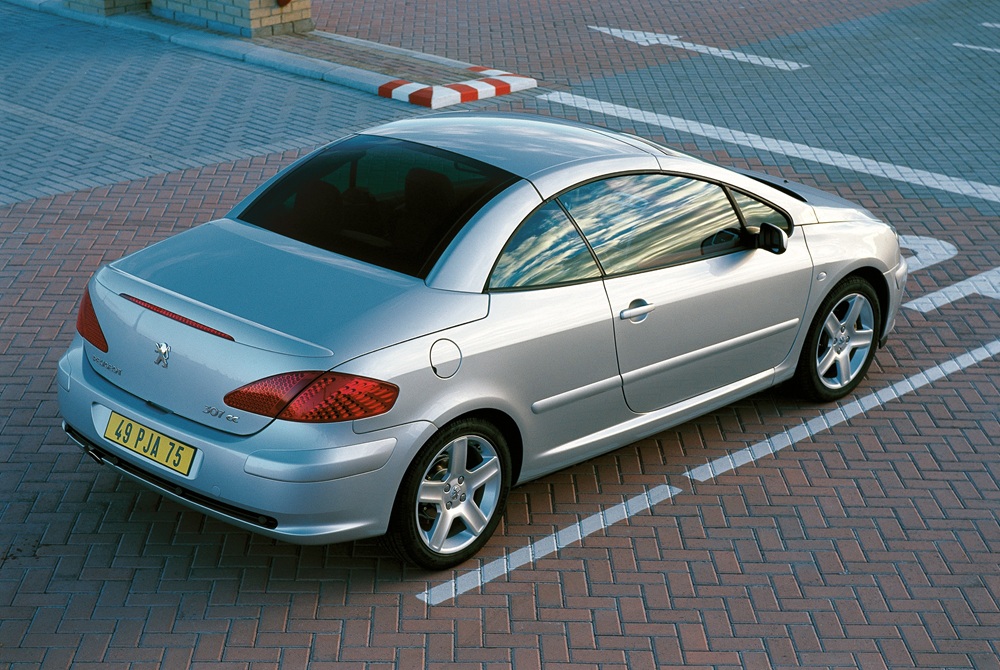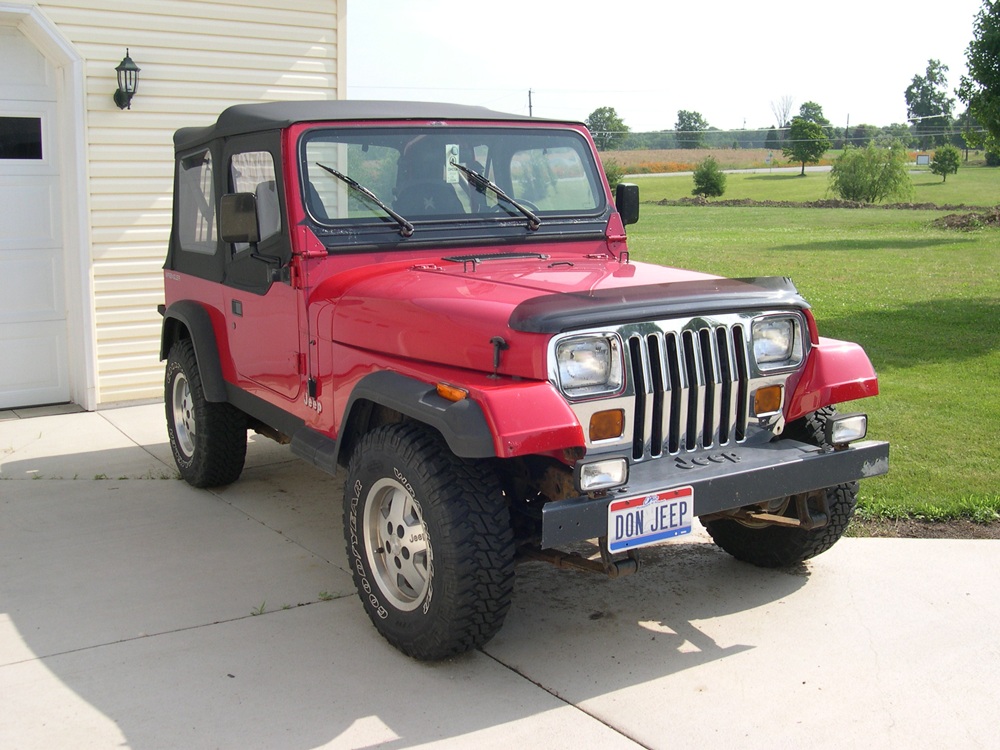Convertible with X-TOP
Convertibles are all about freedom and an unfiltered connection with the surroundings, yet it’s the roof design that determines their everyday usability, acoustic comfort and styling. Below is a short overview of the most popular roof types found in open-top cars.
Available roof types
- Hardtop (folding rigid roof)
- Automatically folding soft-top
- Manually folding soft-top
- Targa
- Snap-on soft-top (removable)
Hardtop

A multi-panel rigid roof made of metal or composites that folds under the boot lid. It offers the best thermal and acoustic insulation, but adds weight and takes up considerable luggage space when stowed. The mechanism is complex and costly to service. From the SLK that kicked off the hard-roof boom, through French budget cars, all the way to grand tourers such as the BMW 8 Series or Ferrari Portofino. The 2005 Volvo C70 stole my heart! While I’m not a huge fan—hardtops rob a cabriolet of some soul—they’re undeniably the best choice for a true daily driver.
Automatically folding soft-top

A canvas or vinyl roof operated by electric or hydraulic actuators. It disappears in a matter of seconds at the press of a cabin button, often even while crawling in traffic. Lighter than a hardtop but poorer at noise suppression and in need of occasional fabric treatment. Currently the most common solution for convertibles with soft roofs. It doesn’t isolate you from the outside world—sometimes a plus, although many people complain about wind noise on long (and fast) journeys.
Manually folding soft-top

The simplest layout—just a frame and fabric moved by muscle power. You gain low mass and minimal failure points, but sacrifice convenience; in the rain, speed and practice are essential. This is my personal favourite. When I first experienced the simplicity of the Mazda MX-5 NB I realised it’s my ideal type of cabrio: quick to drop, compact, lightweight and statistically the least prone to breakdowns. Increasingly rare today, yet common in classic old-timers.
Targa

Fixed hoops or a central roll-bar link the front and rear of the body; only the usually rigid middle panel is removable. Combines coupé-like structural stiffness with open-air thrills, though it limits headroom above rear passengers. There are plenty of examples, but my number one is the very first Porsche 911 (901) Targa—a kind-of cabrio that still gives you sky above your head.
Snap-on soft-top

A flexible roof fastened with clips, poppers or zips. Once removed, it folds flat and can be carried in the boot. Found mainly on lightweight classic roadsters or recreational vehicles. Weather protection is the weakest of all systems. I mostly associate these roofs with off-roaders like the Jeep Wrangler or Suzuki Samurai.
OK, so which cars have which roofs?
| Roof type | Example models |
|---|---|
| Hardtop | Mercedes SL R230 BMW Z4 E89 Peugeot 308 CC |
| Automatic soft-top | Porsche 911 Cabriolet Audi A5 Cabriolet BMW Z3 |
| Manual soft-top | Mazda MX-5 ND Fiat 124 Spider Alfa Romeo Spider (1966) |
| Targa | Porsche 911 Targa Chevrolet Corvette C8 Nissan 300ZX |
| Snap-on soft-top | Caterham Seven Morgan Plus Fou Jeep Wrangler |
What to choose? How to live?
Picking a convertible roof is a balancing act between operating convenience, weight, style and cabin insulation.
- Hardtop delivers near-coupé silence and comfort.
- Automatic soft-top offers everyday ease of use.
- Manual soft-top stands for simplicity and low cost.
- Targa and snap-on roofs add classic roadster character but come with practical compromises.
The key is to define your priorities—are pure driving sensations most important, or do comfort and day-to-day practicality matter just as much?
